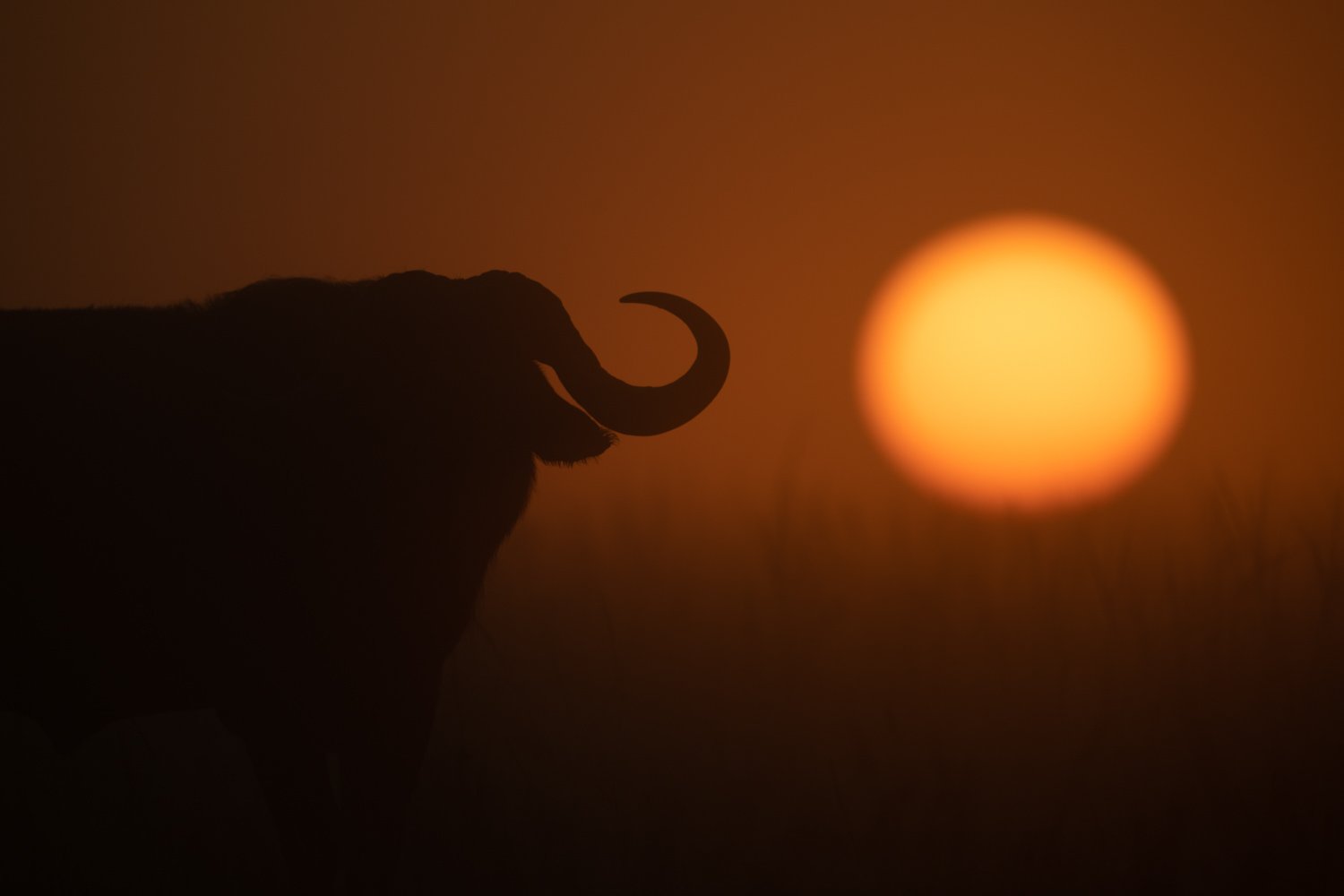“If you build it, they will come…”
“Embrace the chaos!” That’s the advice from Matt Kloskowski, a wildlife photographer in the States. On the other hand, David Yarrow and others seem to plan every single detail of a shoot in advance. So where does that leave us?
I guess it’s a matter of personal taste, but it’s important to know the strengths and weaknesses of each approach. Here’s my take on it.
Embrace the Chaos!
This is how most game drives work:
Drive around until you see an animal.
Stop to take pictures.
Drive around until you see another animal.
Stop to take pictures.
Rinse and repeat!
That’s how I got started, and the benefits are that you get to see a variety of wildlife and you’re constantly on the move. You don’t have to wait too long for people fussing over the perfect shot, and you cover a lot of ground.
However, it’s an entirely opportunistic approach that relies a lot on luck. The disadvantages are that you’ll get a lot of record shots, and you won’t give yourself the best chance to get great photos—which will usually be action shots involving the big cats.
If you go often enough to the right spots, such as the Masai Mara and the Serengeti, you’re bound to have a few life-changing encounters—if only by the law of averages!—so you’ll probably come back with a few decent pictures to show your friends and family.
I took this shot of a lilac-breasted roller in Tarangire National Park in Tanzania in January 2018. It was sitting on a bush, and I intended to take a straight portrait of what was just a ‘bird on a stick’. However, just as I pressed the shutter button, it fluttered its wings—and I only noticed the grasshopper in its mouth when I checked the image on the back of my camera!
Now that’s what I call a lucky shot…!
A lot of people are happy to roll the dice like this. They’re not ‘serious’ photographers, and their safari is just a holiday. They want to see the wildlife, but they also want to enjoy the luxury accommodation and eat wonderful food in beautiful surroundings.
If that pretty much describes what you’re looking for, there’s no need to read the rest of this article! Just carry on doing what you’re doing and remember to keep your eyes peeled for wildlife and your camera to hand in case you get a good sighting.
Plan, Plan, Plan!
If ‘embracing the chaos’ strikes you as a bit too random and disorganised, you might want to think about a different approach.
What kind of photographs do you want to take? Are you happy with ‘decent’ shots, or do you want to come back with ‘great’ shots you can put over your mantlepiece and talk about for years?
This is important because trying to get ‘great’ shots involves early starts, hard work and a lot of boredom as you wait around for the perfect light and the perfect sighting. You have to be very patient, and if you have family or friends with you, they might not be too keen on making the sacrifice!
However, the pay-off is that you have a much better chance of getting the kind of photos that’ll live long in the memory.
I had my eyes opened to this approach when I went with Paul Goldstein to Kicheche Bush Camp in the Masai Mara, Kenya, in July 2018.
He loves the big cats, and he’s basically there to photograph them—almost to the exclusion of everything else!
He pays a spotter to find lions, leopards or cheetahs in the surrounding area, and then you go along and park up until they do something interesting.
The benefit of this approach is that if they do end up hunting or play fighting, you’re right where the action is, and you can capture it all on camera.
The downside is that it involves a lot of waiting around. Fortunately, Paul’s very good company (if you can ignore all the insults!), so I’m happy to listen to him tell stories or play games in the safari vehicle until something interesting happens.
On that first trip to Kicheche, I was very lucky. We had a marvellous 40-minute modelling session with the beautiful Kaboso leopard, and I saw five cheetah kills!
It was the first time I’d ever seen a kill, so it was a huge weight off my mind. However, it’s definitely a learning experience. The first time, I was in such a panic that I only got one decent photo—and even then I ended up focusing on the wrong animal!
When I went back to Kicheche in January 2021, I had a very different experience. We did see one cheetah kill, but the weather and therefore the light were dreadful. We only enjoyed the Golden Hour once, during a foggy sunrise (see top), and I was pretty disappointed with my pictures until I managed to get a lucky shot of a little bee-eater tossing a fly on the final game drive!
Verdict
I guess however much you plan, there’s still an awful lot of luck involved. If you’re happy to treat your safari as a holiday, that’s absolutely fine. I’m sure you’ll have a great time.
If you want to increase your chances of bringing back some great photos of your safari, I suggest you start out by simply telling your driver or guide what you’d like to see.
British guests can be rather reticent about doing this, but it’s always worth a go. If the guides know what you’re after, they can use their local knowledge to go to the right spots, such as trees for leopards or the plains for cheetahs.
If you want to go a step further, I recommend booking a safari with Paul Goldstein. He’s part owner of the four Kicheche Camps, so you can book with him directly. Alternatively, you can take go on one of the photographic expeditions he leads for Exodus Travels.
If you’d like to order a framed print of one of my wildlife photographs, please visit the Prints page.
If you’d like to book a lesson or order an online photography course, please visit my Lessons and Courses pages.




